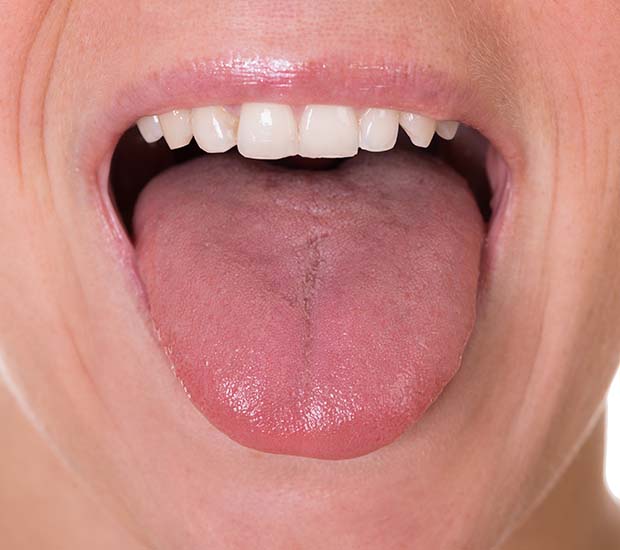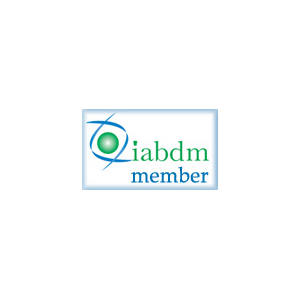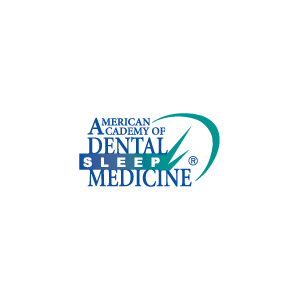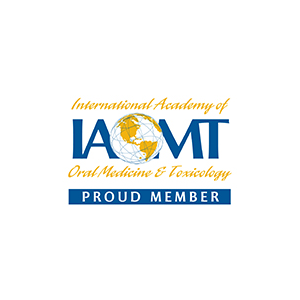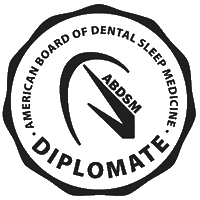Myofunctional Therapy and Tongue Tie ReleaseWilliamsville, NY
Tongue-tie (ankyloglossia) is a condition present at birth that restricts the tongue's range of motion. With tongue-tie, an unusually short, thick or tight band of tissue (lingual frenulum) tethers the bottom of the tongue's tip to the floor of the mouth, so it may interfere with breast-feeding. Someone who has tongue-tie might have difficulty sticking out his or her tongue. Tongue-tie can also affect the way a person eats, speaks, swallows, breathes and sleeps. It is directly related to head and neck problems and pain. Our office is trained to diagnose tongue tie and are ready to help you with a tongue tie release and myofunctional therapy.
Do You Suffer From Any Of These?
People with myofunctional habits and tongue tie can identify with many symptoms, but are often unable to tie it all together. An airway centered dentist will help identify the concerns and educate the patient on why treatment is necessary. The symptoms, or concerns, of the patient include but are not limited to the following:
- Mouth Breathing
- Orthodontic Relapse
- Chronic Tension
- Mood Disorders
- Jaw Pain
- Toxic Oral Habits
- Tongue Thrust
- Snoring
- Chronic Headaches
- Grinding
- Swallowing Difficulty
- Poor Posture
- Sleep apnea
- Tongue-Tie
- Speech Problems
- Digestive Issues
Tongue tie problems in adults and children
Routinely checking for Tongue-ties became a lost part of the delivery process in modern times. Midwives, historically were known to clip a newborn’s tongue-tie at birth, if spotted, with a sharp fingernail. If newborns were found to have feeding or other issues they were routinely checked for tongue tie. Modern society has moved away from the practice of breastfeeding and along with the rise of formula and bottle feeding made diagnosing a tongue tie something that is frequently overlooked as a major cause of airway problems.This means there are two to three generations that have grown up with tongue-ties and along with such there is an increase in Obstructive sleep apnea, crowded teeth, tonsil, sinus and ear infections. The tongue is such a crucial part of the body and The position of the tongue is very important. The neuromuscular system is intertwined with the brain, digestive system, neck, spine, and teeth. The tongue is a powerful muscle that can change the shape of your face and teeth, and the way a person talks, breathes and sleeps.
In order to have the correct skeletal developement, the tongue needs to be in the right position. The correct posture for the tongue is when the lips are touching each other without straining. the tongue is relaxed along the palate, with the rear end of the tongue pulled back and the tip of the tongue resting behind the top front teeth. If the tongue is not correctly positioned and is puts pressure on the bottom part of the mouth, the upper jaw bone changes structure, resulting in a long and narrow shaped face. This lack of pressure from the tongue will push the cheeks inside and cause the teeth to become crowded. The position of the tongue is extermely important because it will cause breathing problems, including sleep apnea. The tight lingual attachment leads to a restricted use of the tongue and a lower placement of it in the mouth. Both these conditions are linked to an unfavorable development in the shape of the dental arches, disproportionate growth of the lower jaw and lack of mid face development. all of these factors result in a smaller airway, which is more prone to collapse during sleep, causing obstructive sleep apnea.
What is Myofunctional Therapy?
Myofunctional therapy is an exercise-based treatment. Patients are examined and given exercises that relate to tongue placement, breathing, speaking, chewing and swallowing.
The goal of myofunctional therapy is to teach awareness of the oral and facial muscles. the tongue is trained to rest in the right place and the mouth to stay closed. When these two simple things happen, troublesome symptoms disappear and the big picture problems around braces, speech, jaw pain and sleep apnea become much easier to treat. The tongue is a major part of the airway, but it is only a part of the whole system This is a list of all the things that are evaluated during a myofunctional therapy examination:
- Tonsils and adenoids
- Mouth breathing vs. nasal breathing
- Where the tongue rests in the mouth
- Tongue-tie
- Orthodontic treatment
- Speech and articulation
- Jaw pain and dysfunction
- Head, neck and facial pain
- Snoring and sleep apnea
- Facial structure
- Habits such as thumb and finger sucking
Using Myofunctional therapy to correct problems can help enable one to enjoy eating, speaking, breathing, and sleeping more soundly.
Using physical therapy as an analogy, which helps to train our bodies back into optimal shape after an injury, Myofunctional therapy helps by training the soft tissues of the face, neck, and mouth to function in proper form in the human body. Myofunctional therapy is an important part to successfully correct improper tongue posture and assist in maximum training in conjunction with tongue tie release and also palatal expansion. The goal is to cultivate an awareness of muscle use and develop a therapy program of regular exercises designed specifically to your needs.
Contact Us
Shannon H. McCarthy DDS is located at
777 Hopkins Road
Williamsville, NY
14221
